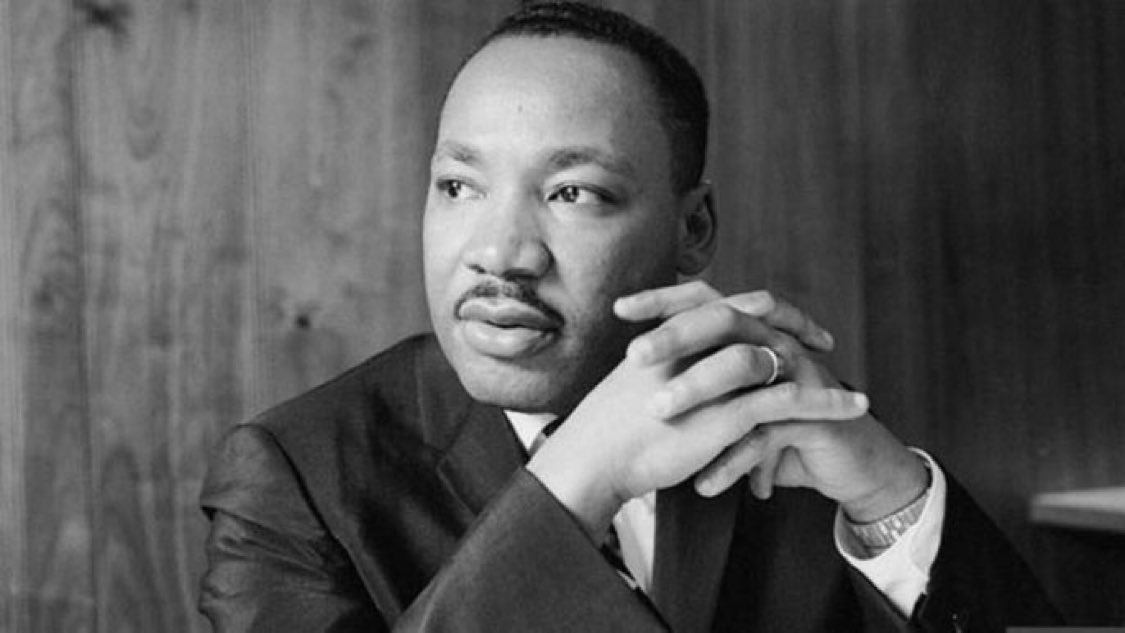MLK Files Unsealed: FBI’s Shadow War Against Poor People’s Campaign and 'Resurrection City' Revealed
More than half a century after the assassination of Dr. Martin Luther King Jr., newly declassified documents released under Executive Order 14176 unveil a chilling and previously undisclosed dimension of federal surveillance: the intense scrutiny and disruption efforts aimed at the Poor People’s Campaign (PPC) and its offshoot, “Resurrection City,” in 1968.
 |
| Image Source: Coherence on X |
The files, totalling over 230,000 pages, cast fresh light on the FBI’s covert surveillance, political concerns, and the extent of unease within the U.S. government regarding Dr. King’s final social justice movement — an interracial “army of the poor” that sought to converge on Washington in May 1968 for a prolonged demonstration against economic inequality and racial injustice.
MLK’s Vision, Government’s Alarm
After Dr. King’s assassination on April 4, 1968, the Southern Christian Leadership Conference (SCLC), led by Rev. Ralph Abernathy and campaign coordinator Bernard Lafayette Jr., proceeded with the Poor People’s Campaign, with thousands of protestors arriving from across the country.
The documents reveal that federal agencies treated the campaign as a national security threat — anticipating “mass disruption,” civil unrest, and Communist influence. One declassified “Resistance Information Report” dated May 10, 1968, forecasted the PPC’s arrival as a “potential problem in control, housing, feeding, and recreation,” citing May 30 as a planned “D-Day” confrontation between protestors and the government.
Resurrection City Surveillance & Suppression
The protestors’ camp, called “Resurrection City”, was to be set up near the Lincoln Memorial reflecting pool. FBI documents show that this location was a point of tension — with federal officials preferring to relocate demonstrators to Bolling Air Force Base. Surveillance extended to plans for a mule train caravan from the South, street rallies, and internal disputes.
The documents show the FBI actively monitored potential “black holidays” (e.g., Malcolm X’s birthday, May 19) and intelligence flagged plans for demonstrations on May 20 and a massive march on Memorial Day weekend. They anticipated participation from radical factions and noted interest from Communist and Socialist Workers Party members.
Internal Fears of Political Explosion
One striking section includes warnings that Bernard Lafayette, acting on MLK’s final instructions, had mapped out a national and even international expansion of the PPC — with Coretta Scott King expected to deliver a defining speech triggering a “revolutionary moment” on May 30. A memo ominously warns that “Lafayette's call to arms” could become the political spark for global headlines, coinciding with Communist offensives in Vietnam.
Internal FBI notes underscore that the PPC was not merely seen as a social protest, but as a strategic battleground — blending race, poverty, war opposition, and Cold War paranoia into one combustible package.
Legacy Under Scrutiny
While previous civil rights declassifications have focused on COINTELPRO’s role in targeting MLK personally, this trove uncovers a broader institutional fear of a mass multiracial movement rooted in economic justice — what King called the “second phase” of the Civil Rights Movement.
That movement — embodied by Resurrection City — was short-lived and poorly supported by the Johnson administration. It ended with mass arrests and bulldozers clearing protestors from the National Mall under heavy police presence.
Now, with these revelations public, King’s economic justice legacy takes on deeper resonance — not only for the ideals it upheld but for the systemic resistance it faced from within the government itself.
